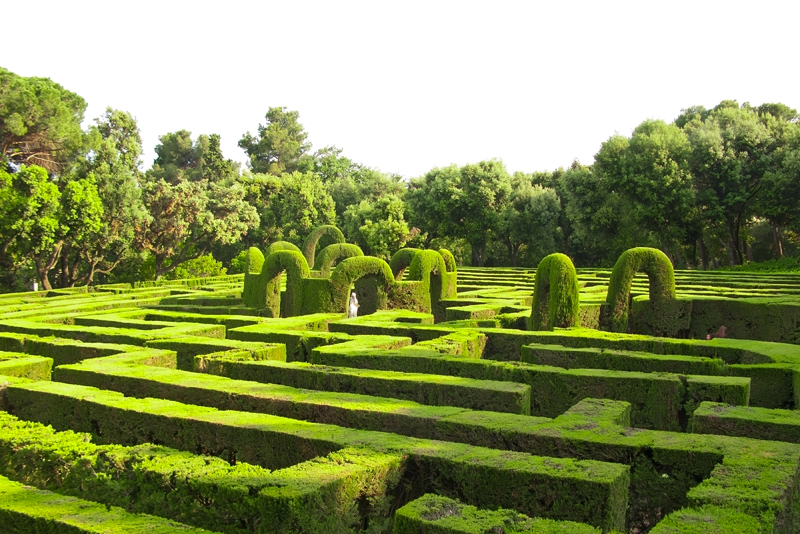Christmas Rose

Hellebores, or Helleborus niger, is known as the Christmas Rose since it blooms in December. In some areas, depending on your weather, it’ll start blooming in fall. The leaves are usually evergreen, which also adds to its appeal. Hellebores are very deer and rodent proof.
Hellebores are a stemless herbaceous perennial, native to Europe. It grows up to 18” tall. The flowers are usually white, although some will have a dusty rose color.
How to grow Hellebores Hellebores like moist, shady soil. So be sure to give it lots of water regularly after planting, and into the fall, when the ground may be drier than other times of the year. They like neutral or slightly alkaline soil.
Give them some shelter – plant them near a building in order to protect them from wind and cold.
You can view them best if you are viewing them straight on or from below. So, planting them at the top of a retaining wall, for example, will help you to appreciate their flowers more.
They are hardy from zones 3 to 8 in the U.S.
They can be difficult to divide as the roots snap off very easily, so a lot of care must be taken when dividing.
All parts of Hellebores are poisonous, the roots being especially poisonous. This would account for its deer-proof properties. Certainly, don’t eat any parts of the plant, but also be very careful handling this plant – it can cause skin irritations. Wear gloves!
Another variety I highly recommend is the Lenten Rose, or Helleborus orientalis. These start blooming in March or April, and I’ve seen them continue blooming into July. So if you’re looking for a long-blooming perennial, this is one to try. The Lenten Rose comes in a wider variety of colors than the Christmas Rose, including shades of green, pink, dark red, and almost black. The Lenten Rose needs the same growing conditions as the Christmas Rose.
Give the Christmas Rose a try. You’ll probably fall in love with it and want more than one!
Here's a great book on Hellebores on Amazon:
Hellebores are a stemless herbaceous perennial, native to Europe. It grows up to 18” tall. The flowers are usually white, although some will have a dusty rose color.
How to grow Hellebores Hellebores like moist, shady soil. So be sure to give it lots of water regularly after planting, and into the fall, when the ground may be drier than other times of the year. They like neutral or slightly alkaline soil.
Give them some shelter – plant them near a building in order to protect them from wind and cold.
You can view them best if you are viewing them straight on or from below. So, planting them at the top of a retaining wall, for example, will help you to appreciate their flowers more.
They are hardy from zones 3 to 8 in the U.S.
They can be difficult to divide as the roots snap off very easily, so a lot of care must be taken when dividing.
All parts of Hellebores are poisonous, the roots being especially poisonous. This would account for its deer-proof properties. Certainly, don’t eat any parts of the plant, but also be very careful handling this plant – it can cause skin irritations. Wear gloves!
Another variety I highly recommend is the Lenten Rose, or Helleborus orientalis. These start blooming in March or April, and I’ve seen them continue blooming into July. So if you’re looking for a long-blooming perennial, this is one to try. The Lenten Rose comes in a wider variety of colors than the Christmas Rose, including shades of green, pink, dark red, and almost black. The Lenten Rose needs the same growing conditions as the Christmas Rose.
Give the Christmas Rose a try. You’ll probably fall in love with it and want more than one!
Here's a great book on Hellebores on Amazon:
You Should Also Read:
How to plant perennials
Planning an English Garden border
Flower Calendar for an English Garden

Related Articles
Editor's Picks Articles
Top Ten Articles
Previous Features
Site Map
Content copyright © 2023 by Carol Chernega. All rights reserved.
This content was written by Carol Chernega. If you wish to use this content in any manner, you need written permission. Contact Carol Chernega for details.


